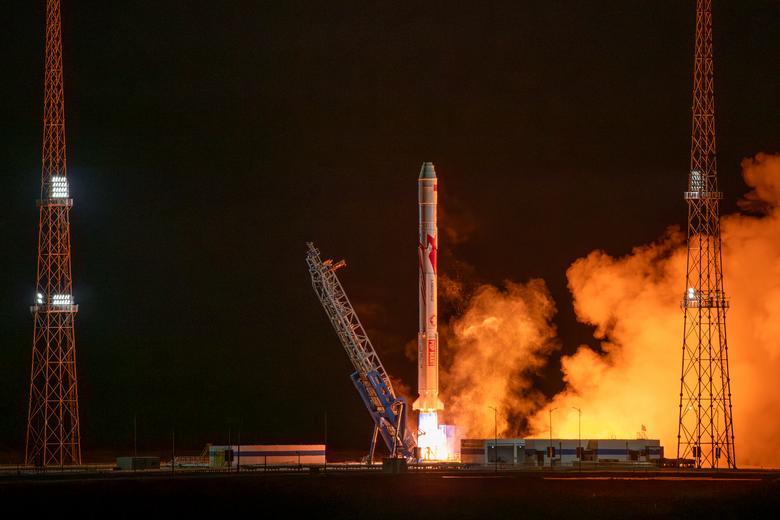
On December 9th, the Tianyi 33 satellite, jointly developed by Hunan University of Science and Technology (HNUST) and the Spacety Aerospace, was successfully launched using the Zhuque II Remote 3 carrier rocket.
HNUST officially named the satellite "HNUST-1". As the pilot star of the "HNUST Constellation", the satellite will continue to support the relevant disciplines of HNUST in space science research.
The "HNUST-1" satellite platform utilized the on-board intelligent autonomous health diagnostic technology jointly developed by HNUST and the Spacety Aerospace. This technology enhances the satellite's lifespan by improving the timeliness of fault detection and disposal in orbit. During its orbital phase, the collaborative team will continue to improve the fault model through long-time operations, further enhancing the accuracy of the autonomous diagnosis.
"HNUST-1" satellite platform will provide assistance to the ongoing study in thermal control materials and devices at HNUST. Meanwhile, the satellite will give support for on-orbit verification of HNUST's software encryption technology to prevent third-party eavesdropping. The research team will utilize HNUST Satellite 1 to conduct continuous testing of the encryption performance, reliability, and robustness of this technology.
In the future, "HNUST-1" satellite will continue to support HNUST in conducting on-orbit test validations for satellite platforms and payloads. It will promote HNUST's research and development in fields such as natural resources and geological hazard, aiming to better meet the business application requirements of Hunan Province, including land resources survey and geological disaster emergency response.
(Translated by TAN Jingni and HUANG Wanxiang)